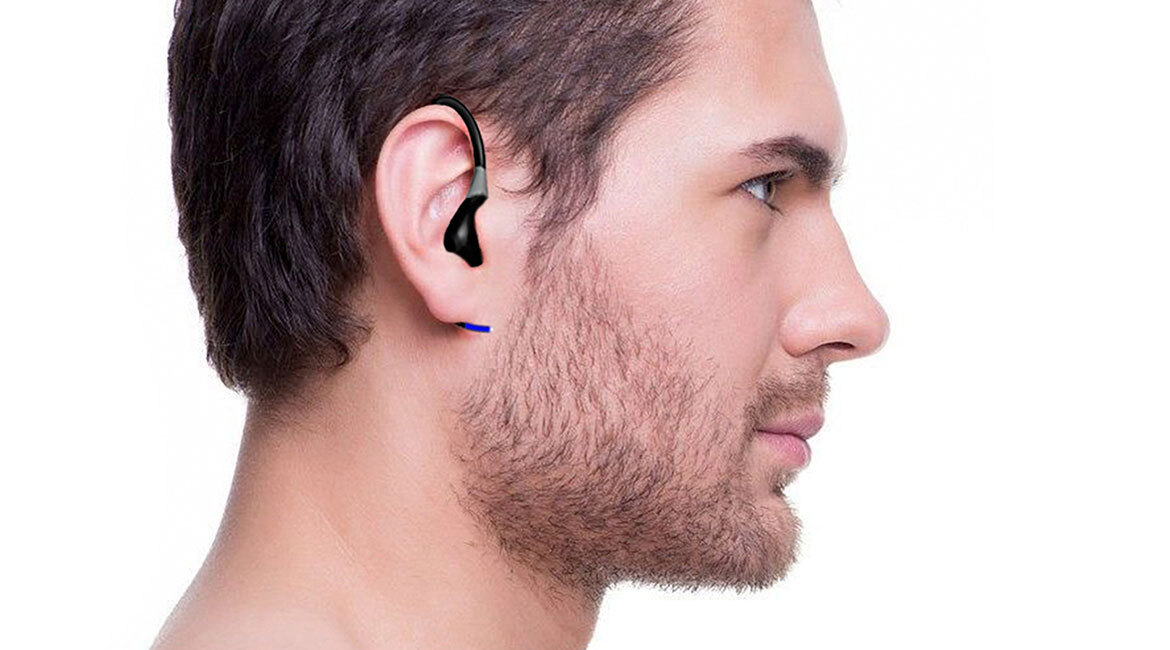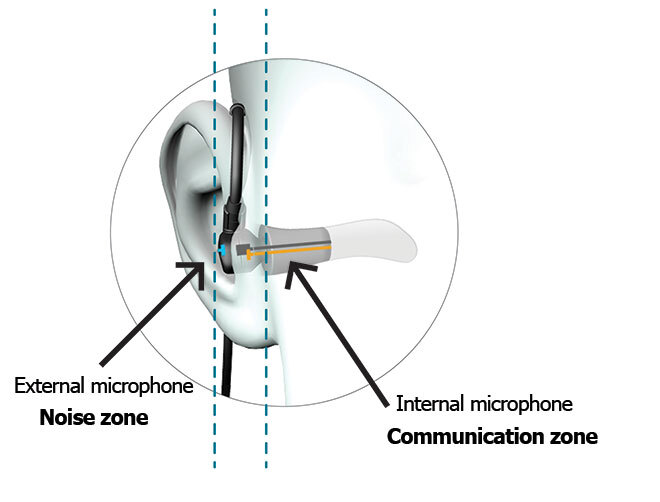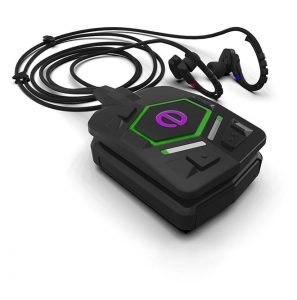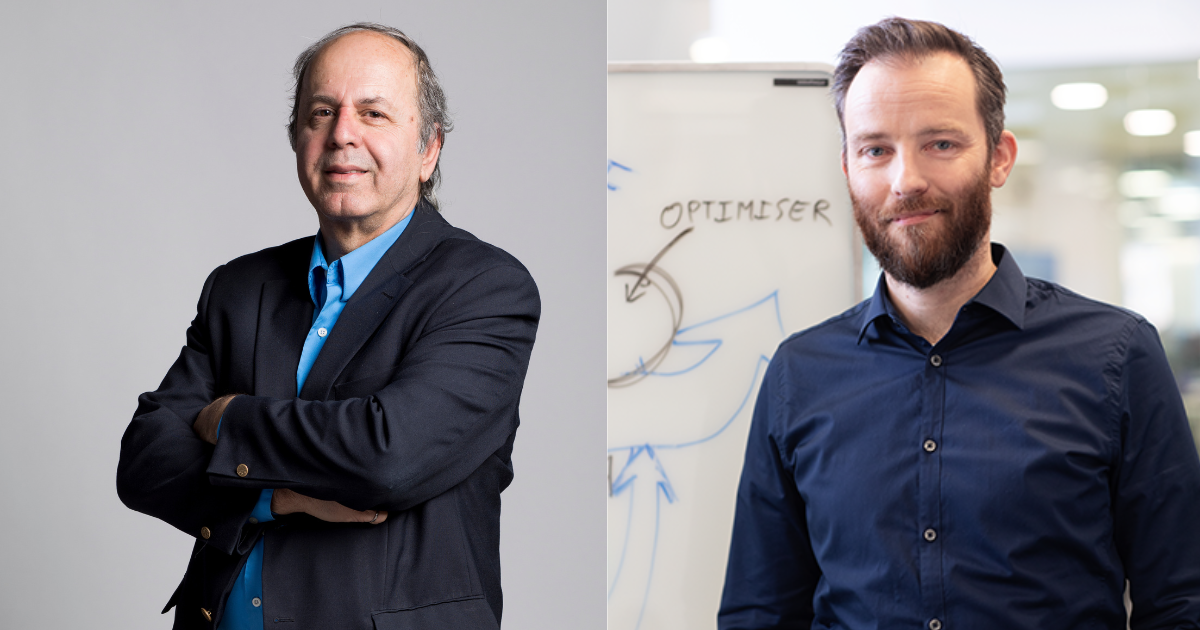SonX – Noise Protection and Communication for Workers

Header image was used with EERS authorization and is protected by copyright.
Hearing Protectors with Instrumented Earpiece
Despite all efforts made to reduce noise from machinery, noise-induced hearing loss caused by noisy workplaces has steadily increased since the World War II. According to the World Health Organization, work-related hearing loss is the most common permanent and preventable occupational injury in the world. It is clear that there is a real need for more effective hearing protection solutions for workers.
SonX, currently being brought to market and a remarkable invention, addresses the need to improve the work environment of industrial workers by allowing them to communicate safely in extreme noise conditions, thus increasing productivity, while tracking their hearing health their via Cloud. SonX was made possible through research conducted in recent years by the CRITIAS Chair.
How does SonX work? The earpiece includes one external microphone and an in-ear microphone and speaker (located behind the acoustic seal of the ear tip). Because in-ear microphone captures speech inside the ear canal, the microphone is protected from ambient noise, unlike conventional microphones placed near the mouth. Speech is denoised, amplified, and transmitted through the earpiece.

Protecting Hearing and Improving In-Noise Communication
 CRITIAS researchers are pushing hearing protection innovation by creating a smart earpiece that filters signals using real-time processing algorithms, letting in only useful signals, like speech, to increase clarity.
CRITIAS researchers are pushing hearing protection innovation by creating a smart earpiece that filters signals using real-time processing algorithms, letting in only useful signals, like speech, to increase clarity.
Another interesting application is measuring noise levels that each workers is exposed to (dosimetry over time) during their shifts in order to reassign them to less noisy areas before they reach unsafe levels of noise limit.
The Chair also wants to tackle hearing protection for musicians, which represents a particular challenge in itself. Wearing earpieces causes an occlusion effect that amplifies base sounds. Also, the pieces do not attenuate different frequencies in the same way, which modifies the sounds perceived by the wearer. The solution must attenuate lower frequencies to create a natural spectral balance of the original music.
Beyond Hearing
The ear is a perfect place to monitor and improve the human condition. Biosignals, such as heart rate or breathing can be extracted. Continuously monitored, any alarming change in signals could trigger an alert to ensure the person receives help as quickly as possible.
Thanks to ongoing research, it is now possible to develop an in-ear EEG brain computer interface. These advances will make it possible to work on certain issues, such as cognitive monitoring (aging, mental health, smart phone usage) or attention problems (lack of hearing or visual concentration when operating machines or driving), offering an unprecedented level of technological support.



